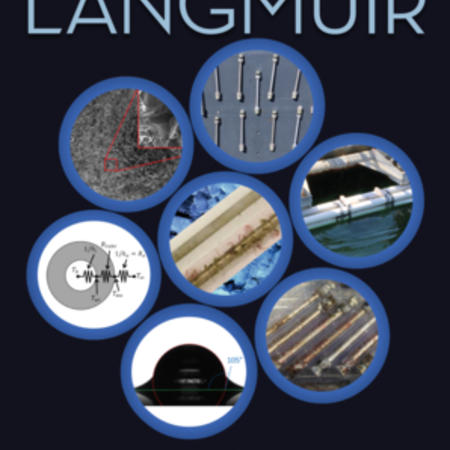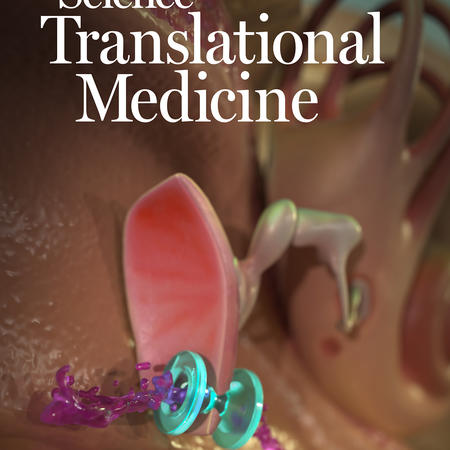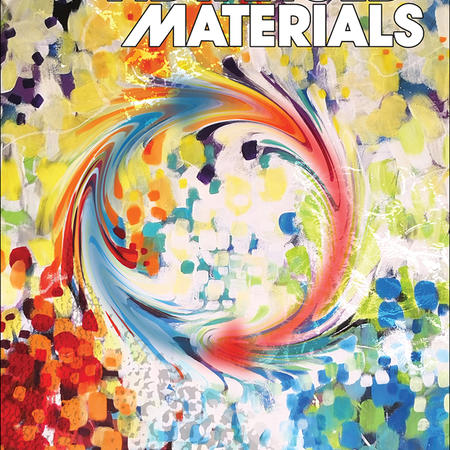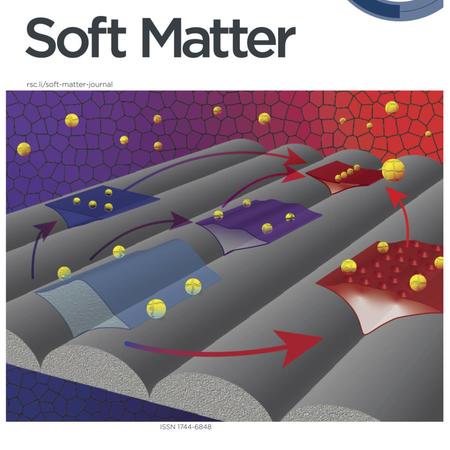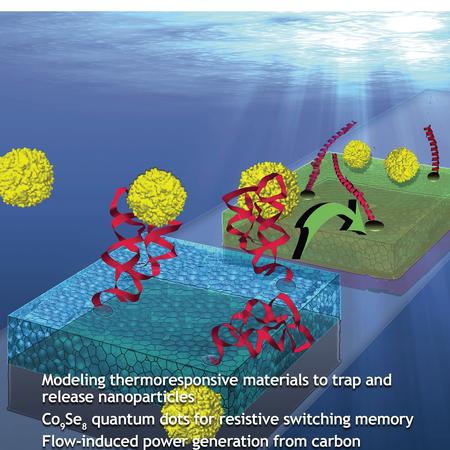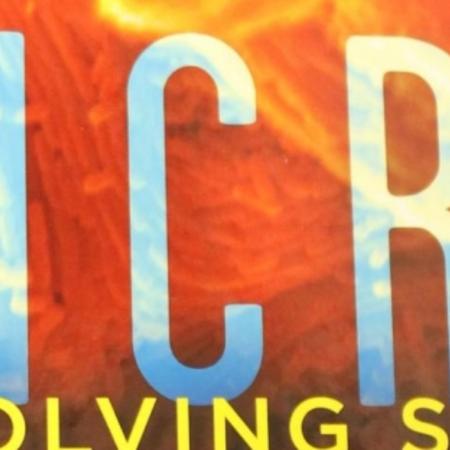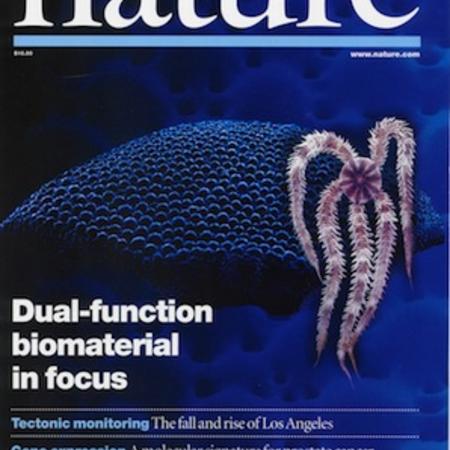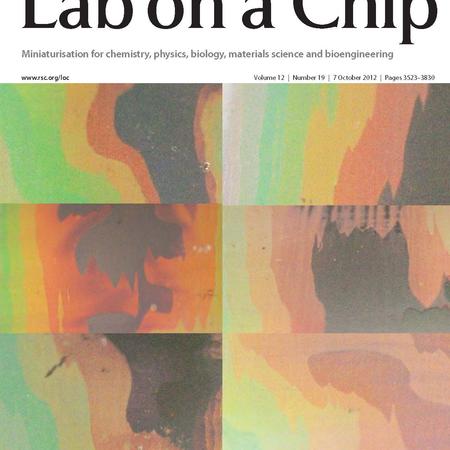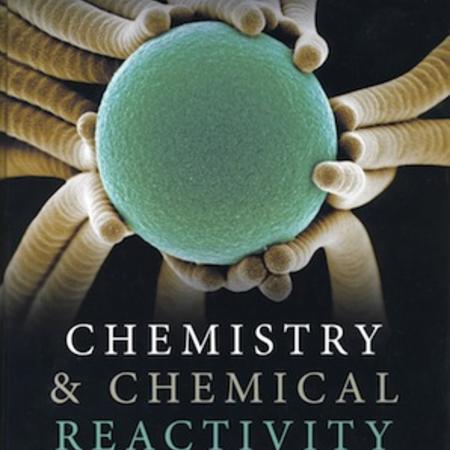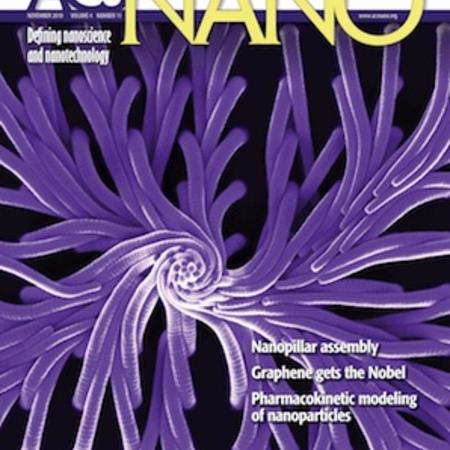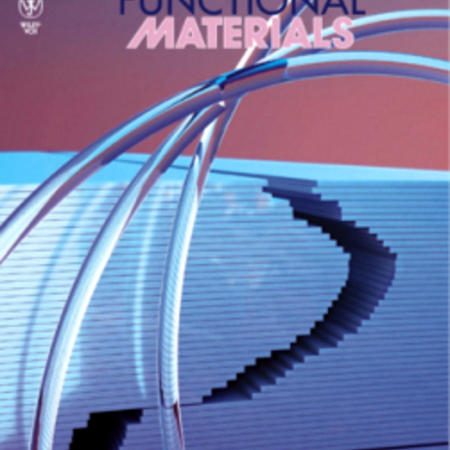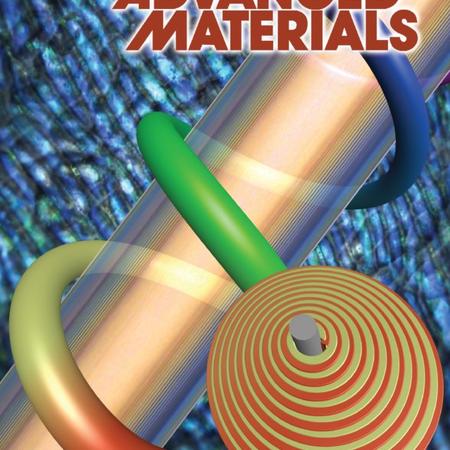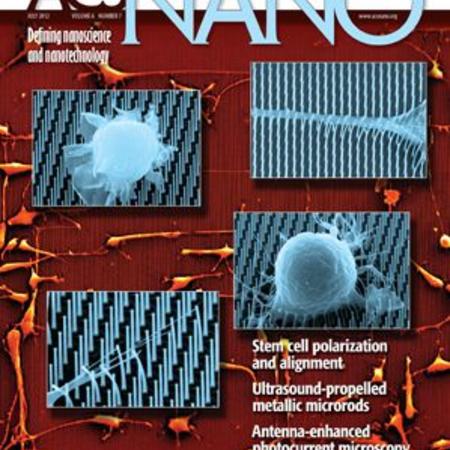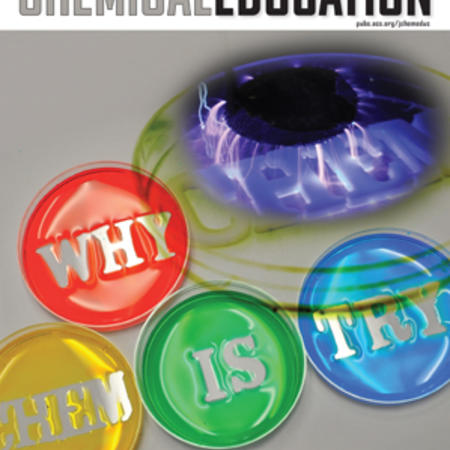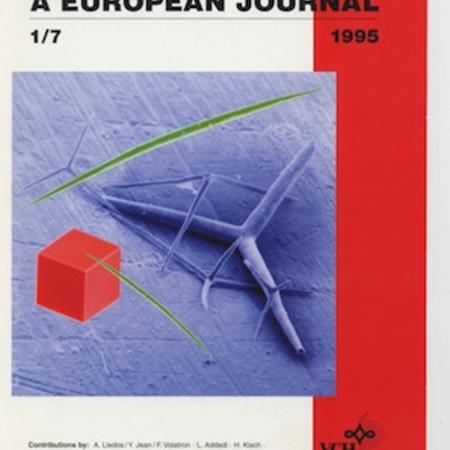Citation:
Abstract:
Mechanical forces in the cell’s natural environment have a crucial impact on growth,
differentiation and behaviour. Few areas of biology can be understood without taking into account how both individual cells and cell networks sense and transduce physical stresses. However, the field is currently held back by the limitations of the available methods to apply physiologically relevant stress profiles on cells, particularly with sub-cellular resolution, in controlled in vitro experiments. Here we report a new type of active cell culture material that allows highly localized, directional and reversible deformation of the cell growth substrate, with control at scales ranging from the entire surface to the subcellular, and response times on the order of seconds. These capabilities are not matched by any other method, and this versatile material has the potential to bridge the performance gap between the existing single cell micro-manipulation and 2D cell sheet mechanical stimulation techniques.
Notes:
We thank Dr M. Aizenberg and Dr A. Grinthal for productive discussions. This research was supported by the DOE under award number DE-SC0005247 (the development of the dynamic material) and by the ONR under award number N00014-15-1-2157
(cell manipulation). A.S. acknowledges support from NSERC under award number PGS-S 389190-2010. T.S. acknowledges support from the Weizmann Institute of Science—National Postdoctoral Award Program for Advancing Women in Science. J.V.I.T. acknowledges support from the European Commission through the Seventh Framework Programme (FP7), project DynaSLIPS, project number 626954. Microstructure fabrication and electron microscopy were performed at the Center for Nanoscale Systems (CNS) at Harvard University, supported by the NSF under award number ECS-0335765.
